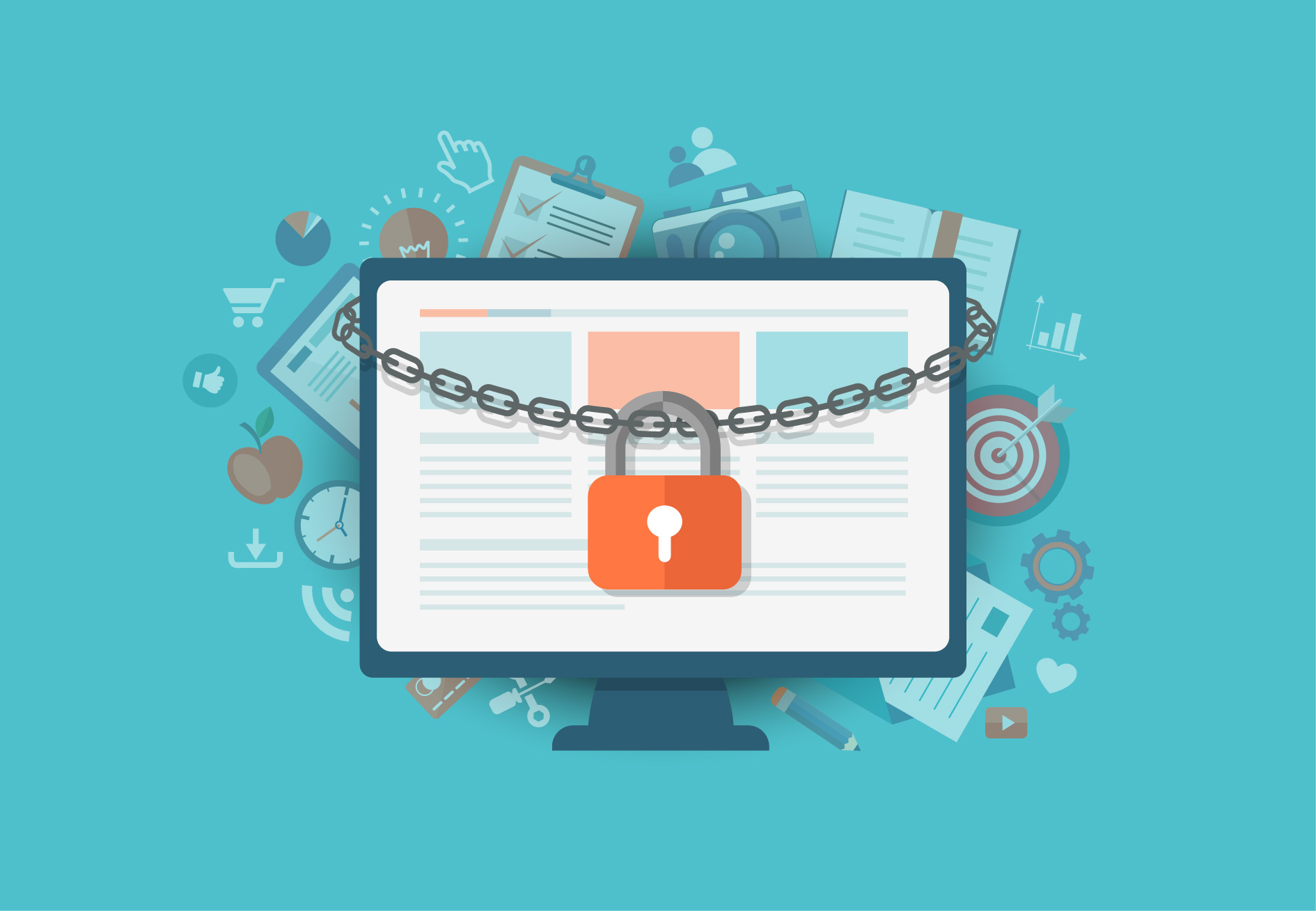Safer Internet Day: So What's the Deal with HTTPS?
/While browsing online, you may (or may not) have noticed that some web addresses start with http:// and some they start with https://. So what’s the difference and why does that extra “s” matter so much for online safety and privacy? With tomorrow being Safer Internet Day, we thought it'd be a great time to explain.
HTTPS (Hypertext Transfer Protocol Secure) encrypts the data that’s sent between your browser and the webpages you visit. When you see https:// at the beginning of the address, it means that the page you are visiting is secure. It tells you that it isn’t a fake version of what you were looking for, and that information you enter on that page is kept private.
For instance, Facebook uses HTTPS by default, so every time you go to log into your Facebook account, you should see that the login page is https://www.facebook.com. As long as you see that “s”, you can rest assured knowing that the username and password you enter will be kept secure and private. But if you see that instead it says http://www.facebook.com, it means someone has set up a fake version and is trying to steal your login information and gain access to your account.
For survivors who are especially concerned for their privacy and are carefully trying to ensure no one gets access to their accounts, this is an important tip to remember. In addition, there are a number of things you can do to help make sure the pages you are visiting are secure:
Most browsers now will show an icon of a deadbolt lock when you are on a site that is secured with HTTPS.
When you use the newest versions of Chrome or Firefox to browse the internet, you’ll receive a warning if you are trying to access a webpage that isn’t properly secured.
The browser extension HTTPS Everywhere can be added to your Firefox, Chrome or Opera browser and will automatically switch thousands of websites you visit from HTTP to HTTPS.
But remember that nothing is perfect when it comes to online security. HTTPS has its vulnerabilities - but using it is much better than browsing the web unencrypted. Most importantly, on Safer Internet Day and every day, it’s critical to remember that online security is a complex picture. HTTPS is just one of many tools available to increase security. For more tips and information on increasing your online safety and privacy, especially if you are a survivor of abuse, visit our Toolkit for Survivors on Technology Safety & Privacy.



